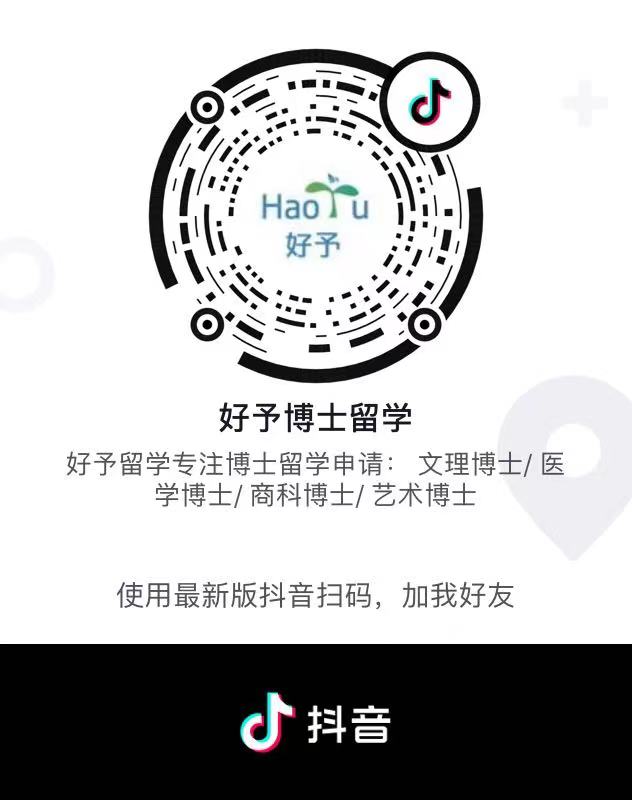欧洲博士后-纳米技术和用于捕获和拉曼光谱的光学纳米天线
本网站不对具体职位做咨询解释工作
如有招聘信息发布(博士/博后/访学)可联系
邮箱:cxw@med.tj.cn
微信:iamjade2016
学校: 挪威北极圈大学(特罗姆瑟大学)
University of Tromsø - The Arctic University of Norway (UiT)
院系:The Department of Physics and Technology
教授:Prof. Olav Gaute Hellesø
申请网址:http://www.jobbnorge.no/
截止日期:Jun. 7, 2020
介绍
物理与技术系公开招募博士后研究员,为期三年,地点位于特罗姆瑟(Tromsø)。该职位人员也是“细胞外囊泡的芯片拉曼光谱”项目的研究人员。该项目的目标是开发细胞外囊泡(EV)的高通量化学分析,并使用开发的系统促进对EV的医学研究。介电光学波导和光学纳米天线将用于细胞外囊泡的光学陷波和拉曼光谱,博士后研究员将负责开发光学纳米天线。
任命博士后研究员的主要目的是为高级学术职位提供合格的工作人员。前提条件是申请人能够在整个雇用期内进行该项目。在同一机构中,任何人担任博士后研究员不得超过一个固定期限。
该项目与超声,微波和光学小组
该职位人员已正式隶属于物理和技术系的超声,微波和光学小组,该小组在挪威的光波导技术领域拥有最出色的往绩,目前有30至40名员工,其中70%来自国外。它的研究在使用纳米光子波导和光学传感器技术的超分辨率成像领域处于前沿。Olav GauteHellesø教授的团队主要研究光波导,并且在使用波导进行光捕获和捕获粒子的拉曼光谱学方面拥有良好的记录。
细胞外囊泡(EVs)是从生物细胞释放的微小颗粒(直径约100 nm)。细胞外囊泡可以在体内循环,而细胞大多固定在组织中。细胞外囊泡被认为是细胞之间交流的一种机制,使细胞可以交换蛋白质,脂质和遗传物质。细胞外囊泡水平升高已与多种疾病状态相关,例如动脉粥样硬化,糖尿病,癌症,动脉心血管疾病和静脉血栓栓塞。细胞外囊泡因此包含有关人体细胞的信息。这些信息可以通过在一滴血中表征细胞外囊泡来揭示。表征和分析细胞外囊泡的新方法对于理解这些囊泡的生物学功能以及开发涉及其使用和/或分析的新临床方法至关重要。
该项目的目的是开发细胞外囊泡的高通量化学分析,并使用提出的新系统促进细胞外囊泡的医学研究。将开发光学芯片以使用拉曼光谱表征细胞外囊泡。一个或几个细胞外囊泡将被光学力保持足够长的时间以进行分析。这将使用单个激光的光在芯片上的多个位置完成。该芯片将通过一束光纤连接到一个光谱仪,该光谱仪将从细胞外囊泡上获取拉曼光谱。基于拉曼光谱,可以获得有关细胞外囊泡的化学信息。该系统将允许同时分析许多细胞外囊泡,从而使其成为高通量系统。
两个医学生物学研究小组参与了该项目,并将使用为静脉血栓栓塞和新型抗菌分子研究而开发的系统。该项目还包括两名博士生,访问学生,硕士学位学生,同时与英国南安普敦大学以及荷兰特温特的大学建立了相关合作。
可以通过电子邮件olav.gaute.helleso@uit.no或致电+47 776 45297与Olav GauteHellesø教授联系,获取有关职位和UiT的更多信息。
要求
该职位要求获得挪威物理学,纳米技术或类似领域的博士学位,或相应的被认为等同于挪威博士学位的外国博士学位。除非存在特殊情况,否则在申请截止日期前,将优先考虑博士学位获得者不足五年的人员。
其他要求包括:
实验光学或纳米技术的研究背景深厚
在纳米技术或光波导的处理和图案化方面的经验
最好具有反应离子蚀刻(RIE)和开发基于RIE工艺的经验
最好具有纳米光学或光波导的设计,制造和表征经验
鼓励具有使用光阱或拉曼光谱学经验的人员
过去工作出色,良好的档案记录
工作积极主动,独立和有创造力
优秀的职业道德,注重工作
良好的英语听说读写能力
申请
申请必须以电子格式,通过www.jobbnorge.no提交,并且应包括:
申请/动机信(最多一页)
简历(最多两页)
您过去的研究项目,并且描述当前申请职位与过去项目的相关性(最多一页)
学术成果描述-突出显示您认为对当前申请最重要的三篇作品(最多一页)
学术著作,最多十本。博士论文也可算入其中
文凭和成绩单
三名推荐人,包括博士导师
Job description
The Department of Physics and Technology
Postdoctoral Research Fellow Nanotechnology and optical nanoantennas for trapping and Raman-spectroscopy
The position
The Department of Physics and Technology announces a vacant position as a Postdoctoral Research Fellow for three years in Tromsø. The position is attached to the project “On-chip Raman-spectroscopy of extracellular vesicles.” The goal of this project is to develop high throughput chemical analysis of extracellular vesicles (EVs) and facilitate medical research on EVs using the system developed. Dielectric optical waveguides and optical nanoantennas will be used for optical trapping and Raman-spectroscopy of the EVs, and the Postdoctoral Research Fellow will be in charge of developing the optical nanoantennas.
Appointment to the position of Postdoctoral Research Fellow is mainly intended to provide qualification for work in top academic positions. It is a prerequisite that the applicant is able to carry out the project over the full course of the employment period. No person may hold more than one fixed-term position as a Postdoctoral Research Fellow at the same institution.
The project and Ultrasound, Microwaves and Optics group
The position is formally attached to the Ultrasound, Microwaves and Optics group of the Department of Physics and Technology, which has the strongest track record in optical waveguide technology in Norway, and currently involves 30-40 people, 70 % of them from abroad. Its research is at the forefront in the areas of super-resolution imaging using nanophotonic waveguides and optical sensor technology. The team of Prof. Olav Gaute Hellesø mainly works on optical waveguides, and has a track record on optical trapping using waveguides and Raman-spectroscopy of trapped particles.
Extracellular vesicles (EVs) are tiny particles released from biological cells (diameter approx. 100 nm). EVs can circulate in the body, while cells are mostly fixed in tissue. EVs are considered a mechanism for communications between cells, allowing cells to exchange proteins, lipids and genetic material. Elevated levels of EVs have been associated with several disease states such as atherosclerosis, diabetes, cancer, arterial cardiovascular diseases and venous thromboembolism. EVs thus contain information about the cells in the body. This information can be revealed by characterising the EVs in a drop of blood. New methods to characterise and analyse EVs are essential to understand the biological functions of these vesicles, and to develop new clinical methods involving their use and/or analysis.
The aim of the project is to develop high throughput chemical analysis of EVs and facilitate medical research on EVs using the proposed new system. An optical chip will be developed to characterise the EVs using Raman-spectroscopy. One or a few EVs will be held by optical forces for long enough to analyse them. This will be done at several sites on the chip, using light from a single laser. The chip will be connected with a bundle of optical fibres to an optical spectrometer, that will acquire the Raman-spectra from the EVs. Based on the Raman-spectra, chemical information about the EVs can be obtained. The system will allow many EVs to be analysed at the same time, and thus make it a high throughput system.
Two research groups in medical biology participate in the project and will use the system developed for research on venous thromboembolism and novel antimicrobial molecules. The project will also include two PhD-students, visiting students, master-degree students, and collaboration with Univ. of Southampton, UK, and Univ. of Twente, Netherlands.
The position’s field of research
The main task of the post-doc will be to develop and characterise the nanoantennas on silica waveguides, using maskless and e-beam lithography, and inductively-coupled reactive-ion etching (ICP-RIE). Most of the work will be performed in the new cleanroom of the department, which is planned to open in Oct. 2020. The post-doc will be involved in all aspects of the project, notably optical trapping and Raman-spectroscopy using the nanoantennas. The working hours will be utilised for research, co-supervision of two PhD students, and dissemination of results in peer-reviewed journals and conferences. Short (weeks) research stays abroad are planned as part of the project.
Contact
Further information about the position and UiT is available by contacting Prof. Olav Gaute Hellesø by email olav.gaute.helleso@uit.no or telephone +47 776 45297.






